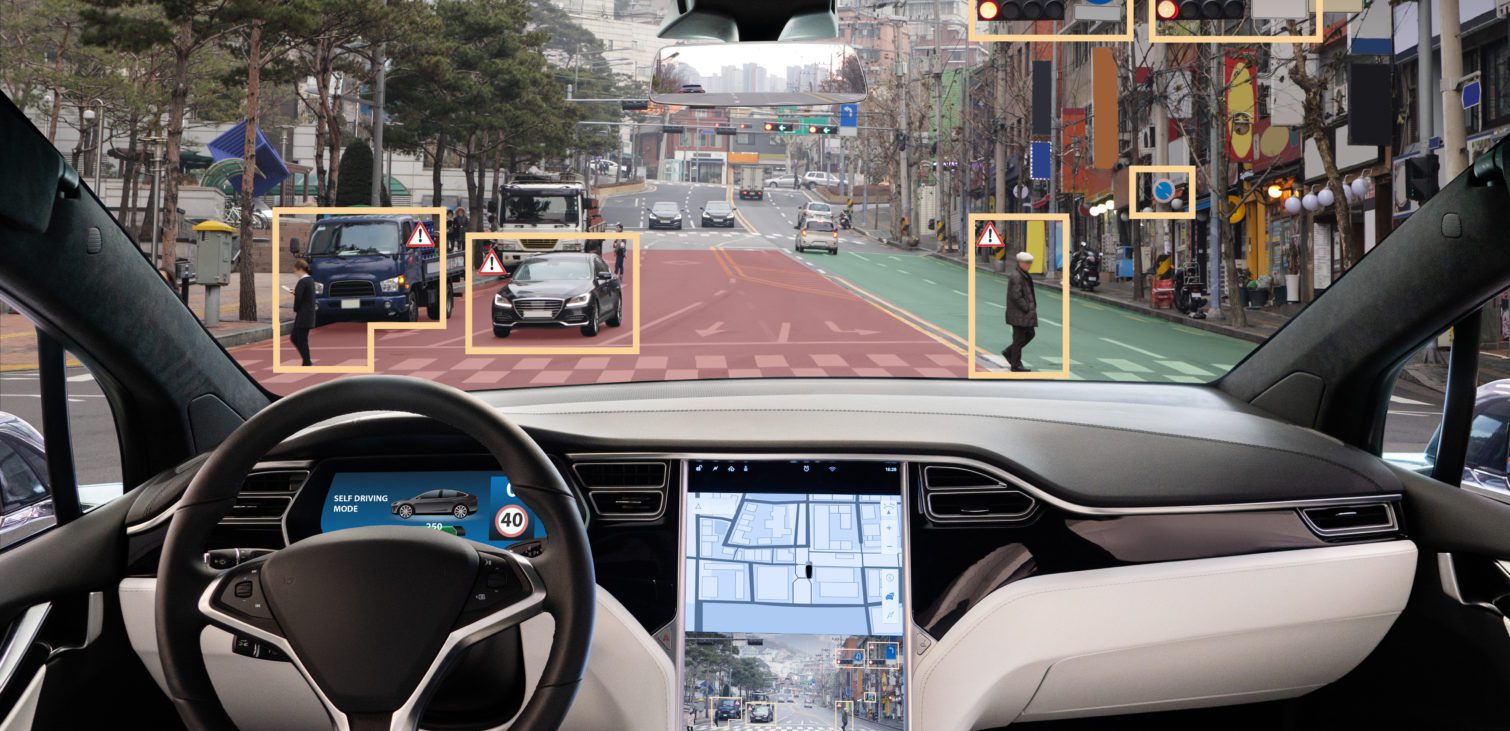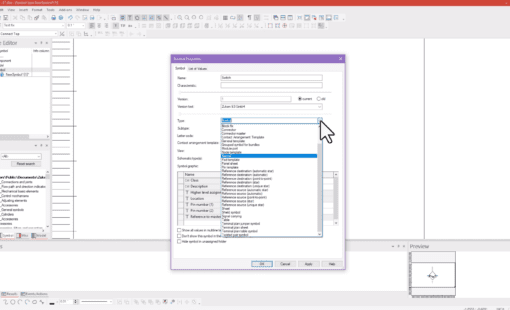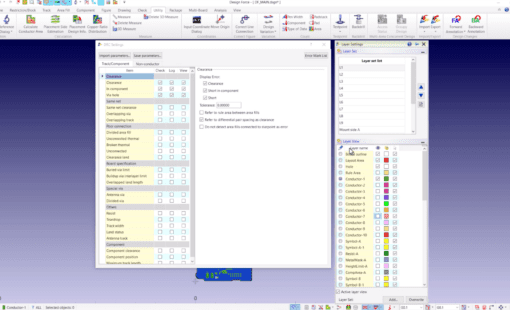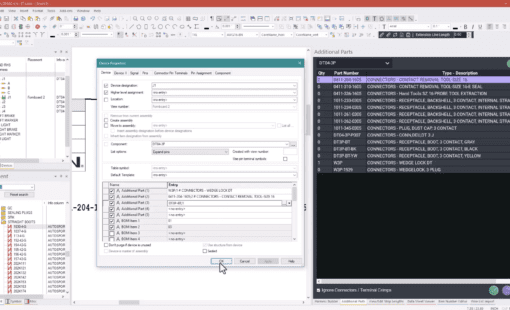The FCC recently handed down a decision that allows SpaceX to operate ESIM (Earth Stations in Motion) working with their LEO (Low Earth Orbit) satellites on vehicles in the United States and its territories. This regulatory decision will significantly impact autonomous vehicles’ ability to use low-latency internet.
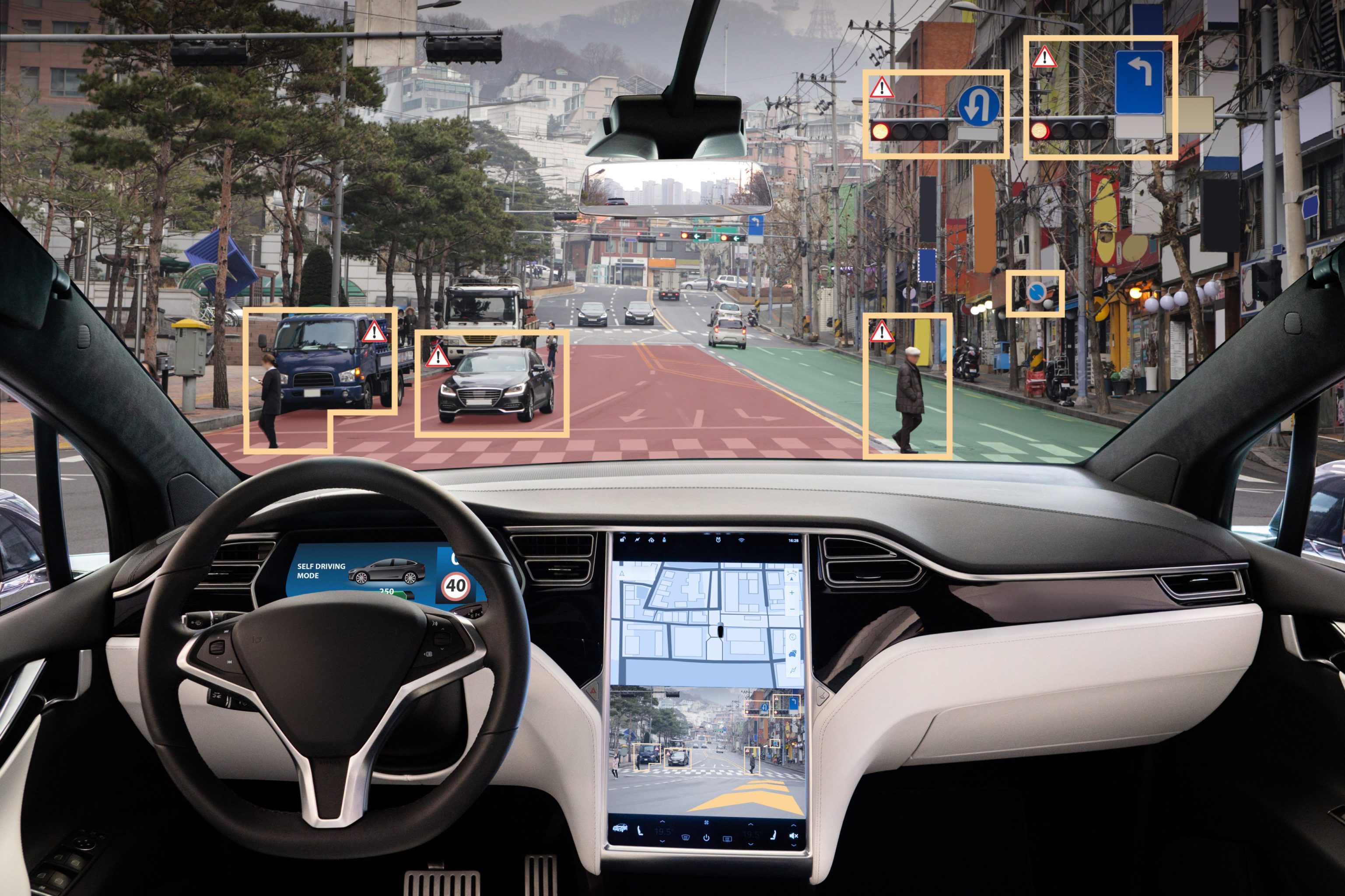
As the autonomous vehicle market grows, well-known manufacturers such as Tesla, Waymo, and General Motors are investing heavily in their development. However, one of the significant challenges in providing internet connectivity to autonomous vehicles is that they are moving targets, creating barriers for low latency and consistent connections. ESIM technology and LEO satellite constellations can provide high-bandwidth, dependable connectivity to moving targets such as ships, aircraft, and autonomous vehicles.
On June 30, 2022, the FCC (Federal Communications Commission) authorized SpaceX Services to utilize its Starlink system on vehicles in motion. The regulatory approval from the FCC now allows the low Earth orbit satellite constellation to provide much-needed high-speed, low-latency Internet connection to cars on the road.
Some of the Major Players: SpaceX and Starlink
SpaceX, short for Space Exploration Technologies Corp., is headed by Elon Musk and has its headquarters in California. The company predominantly launches and manufactures spacecraft, but it also works extensively in satellite communications.
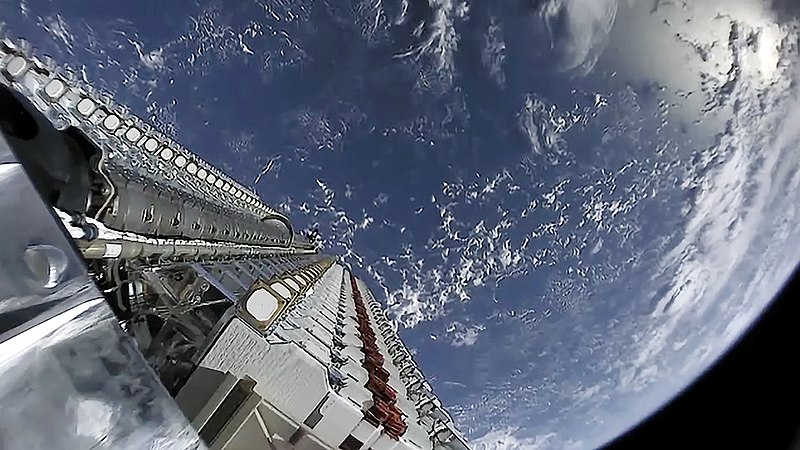
Starlink is the SpaceX solution to high-speed, low-latency internet broadband access in remote and rural locations worldwide. Significantly, Starlink is currently the largest LEO satellite constellation, making it a viable solution to providing internet connectivity to autonomous vehicles.
Autonomous Vehicle Communication: Coverage and Latency
Two concerns with communications and autonomous vehicles are high latency and unreliable connections.
Autonomous vehicles depend on real-time data to make safe decisions. Some of that data comes from sensors on the vehicle itself; other critical data comes from satellite or cellular data networks. High latency means it takes longer for the vehicle to receive the data it needs, which could mean it is making life-or-death decisions with outdated information.
Figure 3. Internet and data connectivity can be extremely difficult to maintain in rural areas. Pixabay

Interrupted data transmission, as may happen in mountainous areas such as the one shown in Figure 3, can also compromise both the performance and safety of self-driving cars. While many artificial intelligence systems can make decisions on partial data, this does not mean those decisions are the best.
So how, exactly, can LEO satellite constellations bring dependable, low-latency internet to autonomous vehicles?
LEO Satellite Constellation Solutions
Most satellite internet services come from one geostationary satellite that orbits the Earth (at about 35,786 km). The resulting latency is high, and it is difficult for these systems to reliably remain in contact with moving targets such as vehicles. On the other hand, LEO satellites orbit much closer to the Earth, as illustrated in Figure 4. A constellation of such satellites provides far more complete coverage that supports connectivity with moving targets.
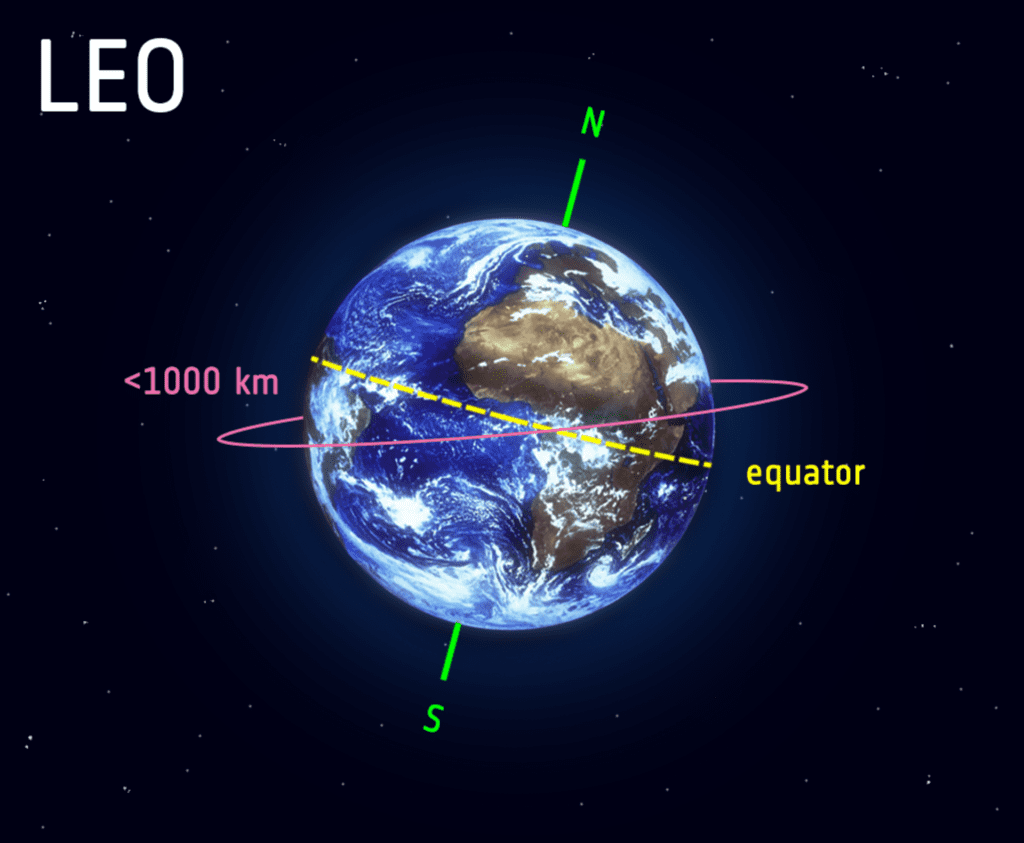
In the case of Starlink, the satellite constellation orbits about 550 km above the Earth. The constellation of orbiting satellites provides far more complete coverage, and their low orbit (e.g., 550 km compared to 35,786 km) results in much lower latency. The latency associated with Starlink is around 20 ms, compared to 250 + ms associated with geostationary broadband satellite solutions. Furthermore, terminals operating in the networks that serve ESIMs provide data rates of around 100 Mbits/s.
While cellular network latency averages 10 ms, it does not provide the reliability needed for autonomous vehicles to make safe decisions because cellular networks do not provide 100% coverage. Take, for example, the case of a self-driving vehicle in a highly urban setting surrounded by tall buildings that can disrupt cellular signals. As another example, consider rural areas where cellular connectivity is simply not available. Even though cellular data can solve the latency problem, it makes the reliability problem even worse.
As the technology behind ESIMs and satellites further matures, LEO and vLEO (very Low Earth Orbit) satellites will achieve a latency of less than 10 ms, making them a superior solution to cellular data in speed and reliable connectivity.
Looking to the Future of Autonomous Driving
Those using Starlink ESIM LEO satellite constellations recognize the need to expand broadband capabilities to meet the demand for highly reliable, low-latency internet connectivity while in motion. According to the FCC regulation, companies can use the Ku-band frequencies (11.7-12.7 GHz downlink and 14-14.5GHz uplink) for communication between the satellites and Earth stations.
This decision follows recommendations from the European Telecommunications Standard Institute and the International Telecommunications Union. It also sets the standard for future developments to empower further advances in the safety and performance of autonomous vehicles.
Zuken is a global software provider specializing in product development software that supports designing complex electrical systems and PCBs. Our product portfolio can support your engineers as you develop the next-generation ESIM, LEO, and VLEO technology. Contact us today to learn more about how our products can help you make the most of digital engineering and remain competitive in a fast-changing market.
Related Products and Resources
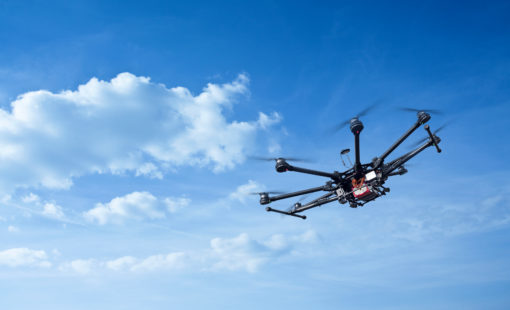
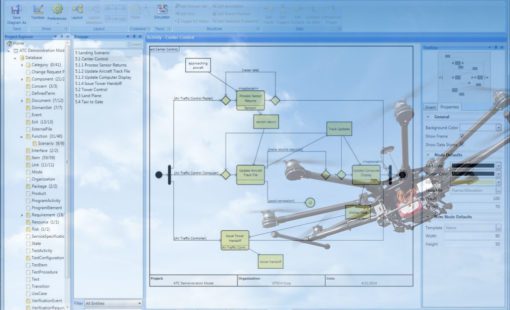
- White Paper
This eBook describes an MBSE based process for Electrical and Electronic design. The eBook begins with model content and structure with the purpose of implementation and the need for a “design envelope”.
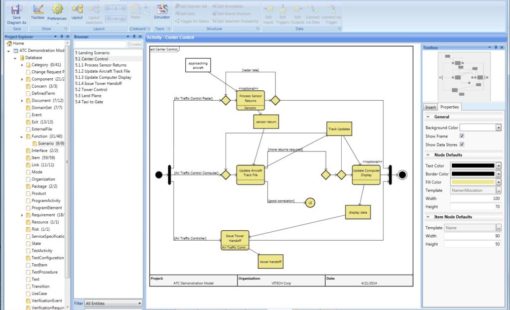
- Products
Digital Engineering requires a model-based design process that begins in Systems Engineering. Zuken acquired Vitech Corporation, a leader in Systems Engineering practices and MBSE solutions, with the intent of implementing an E/E model-based design process.

- White Paper
This eBook describes an MBSE based process for Electrical and Electronic design. The eBook begins with model content and structure with the purpose of implementation and the need for a “design envelope”.
